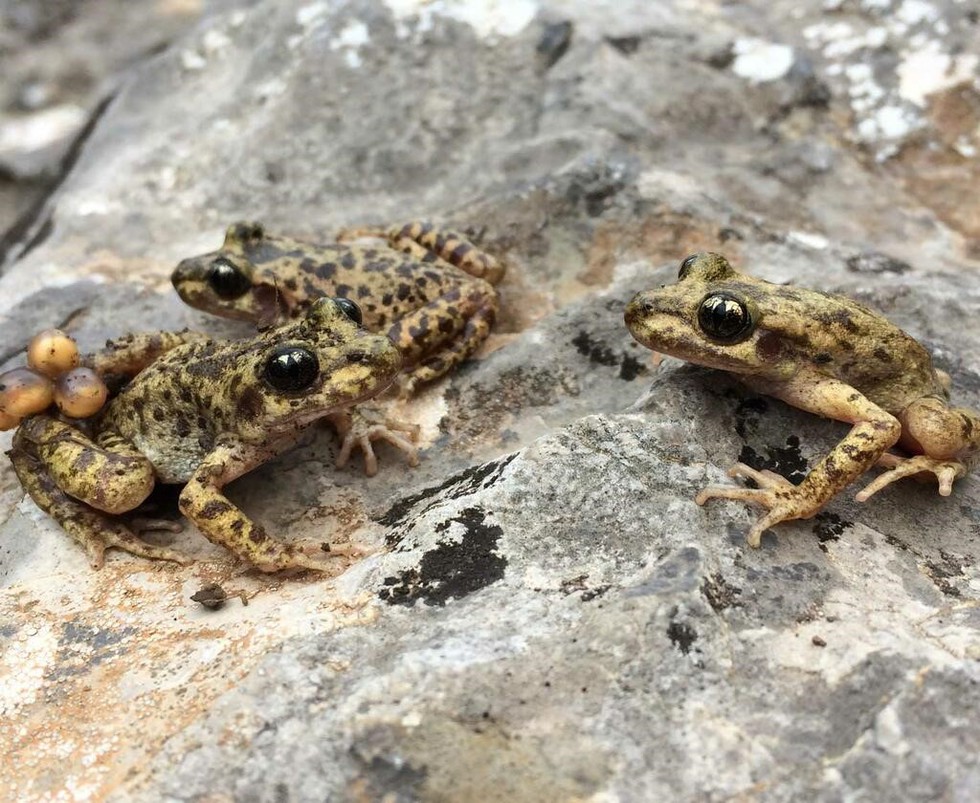Context:
A recent multinational study has developed a method to detect all strains of Chytridiomycosis.

Relevance:
GS II: Species in News
Dimensions of the Article:
- Chytridiomycosis
- Infection Process
Chytridiomycosis
- Chytridiomycosis is an infectious disease that primarily affects amphibians, particularly frogs, on a global scale. It is caused by two species of amphibian chytrid fungus: Batrachochytrium dendrobatidis and Batrachochytrium salamandrivorans.
- This emerging disease has had a significant impact on amphibian populations worldwide, leading to the decline or complete extinction of over 200 species.
Infection Process:
- Waterborne Fungus: Chytrid fungus is primarily a waterborne organism. It disperses in the environment, searching for new hosts.
- Entry through Skin: The fungus travels through water sources until it encounters a susceptible host, typically a frog. It enters the frog’s body through its permeable skin.
- Skin Infection: Once inside the frog, the chytrid fungus reproduces within the skin cells.
- Multiplication and Release: The single-celled fungus multiplies within the skin cell and then breaks out onto the surface of the frog’s skin.
- Skin Damage and Effects: The infection damages the frog’s skin, impairing its ability to regulate water and salt levels effectively. This disruption in the skin’s functioning can have detrimental effects on the frog’s health and survival.
- Consequences: If the infection reaches high levels, it can lead to severe consequences, such as dehydration, electrolyte imbalance, and ultimately death.
-Source: Indian Express




